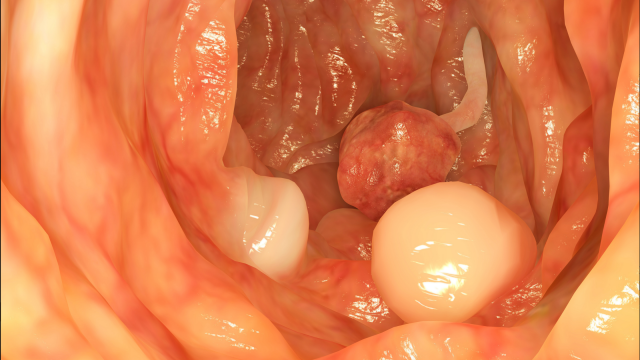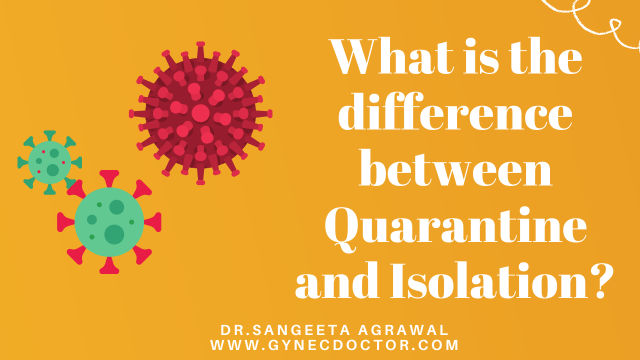Endoscopic surgery is commonly known as Key Hole Surgery In Gynecology keyhole surgery includes laparoscopic and hysteroscopic surgery.
Advances in technology and optics, availability of designer equipment have changed the mode of surgical management of common gynecological problems.
Keyhole surgery allows very small scars less pain, less duration of hospital stay, and faster recovery.
Common Applications In Gynecology
Hysterectomy i.e. removal of the uterus is one of the commonest surgeries performed in gynecology. It may be removed through the vagina and in some cases through the abdomen. But in present times a substantial number of abdominal cases are done through the laparoscope.
Fibroids, adhesions, endometriotic cysts and ovarian cysts are also by and large tackled with the laparoscope.
Common Applications In Infertility
Endoscopic surgery has revolutionized the management of various conditions that affect fertility. The most significant results have been seen in the areas of Polycystic Ovarian Syndrome (PCOS,) Hydrosalpinges, Endometriosis and Uterine anomalies.
PCOS is one of the most common causes of anovulatory infertility. The current lines of treatment for PCOS are weight loss, insulin-sensitizing agents, ovulation induction drugs and assisted reproductive techniques. In certain cases, there is a benefit of laparoscopic ovarian drilling. The cycles become regular and acne and hirsutism improve The pregnancy rate and delivery rate also improves significantly.
Tubal disease is also an important factor in female infertility. Patients with hydrosalpinx have a decreased clinical pregnancy rate and an increased miscarriage rate. The presence of hydrosalpinx has a deleterious effect on the outcome of IVF-ET.
Operative laparoscopy excision of hydrosalpinges is very effective in the treatment of hydrosalpinges and improves the pregnancy rate after IVF-ET.
Endometriosis is the presence of endometrium like tissue outside the uterine cavity. It is an important cause of infertility. Laparoscopy is used for the diagnosis of endometriosis. Laparoscopic treatment is very effective in relieving pelvic pain, in dealing with endometriomas and adhesions. Laparoscopic management can lead to an improvement in fertility and pregnancy rate.
Uterine Malformations albeit rare do occur and can cause infertility and recurrent pregnancy loss. Acquired uterine anomalies (submucous myomas and polyps) can also result in infertility. Hysteroscopy meets with both diagnostic and therapeutic needs. Hysteroscopic surgery is now the treatment of choice over abdominal procedures because of various benefits – reduced morbidity, decreased costs, hospital stay, no scar on the abdomen, improved reproductive performance, and shorter interval to conception after the operation and avoids caesarean section. Septum in the uterus is the commonest anomaly and hysteroscopic resection, which is done in a few minutes of operating time, gives very good success.
Dr. Sangeeta has access to state of the art equipment and an experienced team at the hospitals that she visits. This enables her to offer keyhole surgery to her patients. Write to us to make an appointment.


















